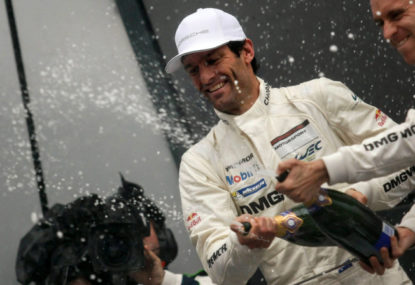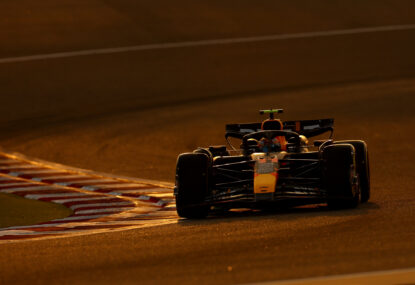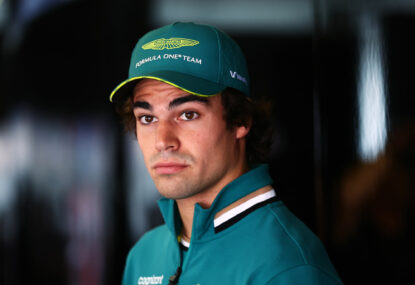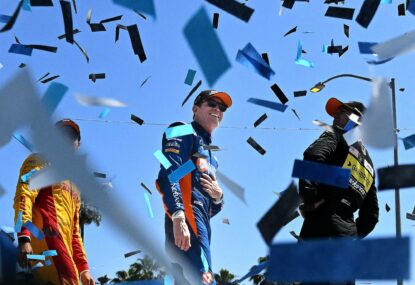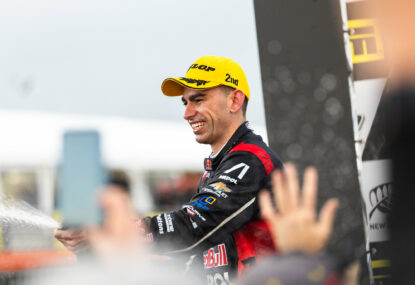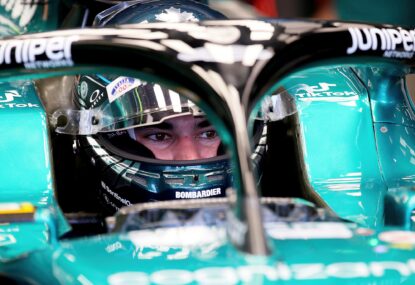This weekend sees the running of two legs of what is dubbed motorsport’s Triple Crown: The Monaco Grand Prix, and the Indianapolis 500. The third leg, Le 24 Heures Du Mans or 24 Hours of Le Mans, is to be run in June.
Many people remember the stories of the drivers who have made their name at the most prestigious events of Formula 1, Indy Car racing and sports car racing.
Only one man holds the distinction of winning the Triple Crown. That man is Graham Hill, who won the 1966 Indianapolis 500, the 1972 Le Mans 24 Hours, and is a five-time winner of the Monaco Grand Prix.
Six drivers have won two legs of the Triple Crown.
Over the next three days, I’ll be looking back at the history of these events, beginning with the Le Mans 24 Hours.
Since 1923, the town of Le Mans has hosted one of the most prestigious events in motorsport, which is currently the oldest active endurance race for sports cars.
The Circuit de la Sarthe, a mixture of permanent race-track and closed public roads, offers a test of endurance unlike any other for drivers who tackle the race annually.
André Lagache and René Léonard won the first 24 Hours of Le Mans in a Chenard-Walcker, completing 128 laps, four laps ahead of the runners up, and a distance of 2209 kilometres.
As the cars competing developed, as well as the circuit itself, more and more distance was covered. In 1971, the victorious Gijs van Lennep and Helmut Marko drove a Porsche 917K through 5335 kilometres, a record that stood the test of time due to chicanes being added throughout the circuit to slow the cars down.
This was until until Audi’s R15 TDI plus, piloted by Mike Rockenfeller, Timo Bernhard and Romain Dumas, completed 5410.71 kilometres on the way to victory.
The 24 Hours of Le Mans has many unique traditions that have come and gone over the years, most notably the “standing start”, or the “Le Mans start”.
This saw cars lines up along the pit wall, initially in order of engine capacity, before qualifying times defined the order from 1963, with drivers then sprinting across the pits to strap themselves in first and take the early lead.
Safety issues such as drivers not harnessing themselves properly or being hit in the pitlane saw the Le Mans start abandoned for a rolling start in 1970, after Jacky Ickx protested by walking to his car and was almost hit himself.
Ickx took his time putting his safety belts on properly, as privateer racer John Wolffe succumbed in a first lap accident. Ickx went on to win the race.
Other unique rules and traditions at Le Mans include cars being required to run for one hour before being able to pit for fuel, as well as cars needing to be switched off while refuelling. The latter rule is still in effect.
This also means the cars could not be worked on, although drivers could swap during the stop.
The most common tradition to come from the 24 Hours of Le Mans, though, is the ever popular Champagne spray to celebrate victory. Dan Gurney and AJ Foyt won the race in 1967. Spotting Henry Ford II and Carroll Shelby from the podium, they sprayed the champagne they were presented with among those nearby.
It’s a celebration now re-enacted around the world in other race categories.
Denmark’s Tom Kristensen holds the record for the most wins at Le Mans (nine), with victories in 1997, 2000-2005, 2008 and the most recent event in 2013. He has also taken the most consecutive wins (2000-2005), and achieved victories for Porsche, Audi and Bentley.
Australians have won the race four times, the first in 1928 when Bernard Rubin won in a Bentley with Britain’s Woolf Barnato. He was the first of eight drivers to win the race three or more times in succession.
Another Australian wouldn’t taste success at Le Mans until 1983, when Vern Schuppan won alongside Americans Al Holbert and Hurley Haywood in a Porsche 956.
Brothers Geoff and David Brabbham have also won at Le Mans, with Geoff winning in a Peugeot 905 alongside Christophe Bouchut and Eric Hélary in 1993, and David in 2009 with Marc Gené and Alexander Wurz in a Peugeot 908.
Mark Webber will attempt to become the fifth Australian to win at Le Mans and become the seventh driver to win two legs of the Triple Crown when he competes for Porsche this year. He returns to Le Mans for the first time since his big accident with Mercedes during qualifying for the 1999 race.
Le Mans is the final frontier for only one of the six drivers who have completed two legs of the Triple Crown: Juan Pablo Montoya, who has never competed in a 24 Hours of Le Mans, although he will be competing in this weekend’s Indianapolis 500.
The 24 Hours of Le Mans remains the ultimate Grand Prix of Endurance, and has spawned many offshoots over the years, in locations such as Nürburgring, Sebring and Bathurst, and is currently the cornerstone of the FIA World Endurance Championship.





























































































